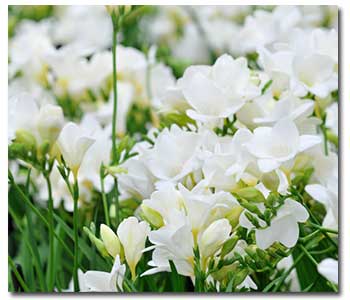Bulbs for Spring Bloom

Plant these bulbs in fall for spring bloom
Nothing brings spring into our hearts more readily than the sight of the bursting color of the bulbs that we planted the previous fall. And these beauties will, for the most part, return each year to our gardens, each time reminding us why we put so much effort into our gardens. Beginning at the end of September all the way through December, Southern Californians can plant spring-blooming bulbs.
We’re going to address here bulbs, corms, and rhizome:
Bulbshttp://ggc.gardencenternews.com/wp-admin/post-new.php?post_type=page#
Bulbs are teardrop in shape, with a pointed top and a round bottom, and an outer skin that is dark brown and paper-like. Be forewarned that tulips, hyacinths, giant allium and crocus require vernalization, which is a period of time in a cold atmosphere prior to planting.
Place these bulbs in a paper bag with peat moss, which will provide air circulation, and place them in your refrigerator for 6-8 weeks; however, do not place near fruit as gases are emitted that will prevent your bulbs from blooming.
Plant them the same day as they are removed from the refrigerator.
Bulbs prefer sandy soil with good drainage; for best results plant in October or November. When planting tulips, they should be placed approximately three times the length of the bulb into the hole. Dig them up late next spring and store in a cool, dry place free from hungry critters until fall; a lot of work, but with worthy results.
Corms
If you wish an easier bloom season, why not plant corms? Corms, similar to bulbs, are shorter and rounder, with a concave bottom and an outer skin that is brown and hard. These include Elephant’s Ear (a member of the Caladium family with very large and colorful leaves that resemble an elephant’s ear, grow from 3 to 5 feet tall, and love heat and humidity). Freesias (which will fill any room with unforgettable fragrance, and thrive in warm weather climates; they produce tubular flowers in shades of pink, red, salmon, white and yellow – a color riot for any palette). The snow crocus (comes in white, yellow, mauve, purple and blue, and at 3-4 inches is a perfect addition to rock gardens, in borders and large drifts, container gardens, or as an offset when planted under trees and shrubs).
Iris
The iris is a perennial that grows from a root called a rhizome. They require well-drained soil, and will grow in full sun or partial shade. An October/November planting is ideal; it gives them time to become well-established for a spring bloom.
Bearded, miniature, or traditional that will grow to about 3 feet in height, these long-time favorite rhizomes are well paired with the delicate lily of the valley. Best planted along walkways so that their fragrance may be appreciated. Sporting clusters of small, white, bell-shaped flowers that drop from a strong stalk, each plant may product a dozen or more blossoms. We suggest you plant them in shade as a groundcover.
Here’s more details on how bulbs differ so you can tell them apart
All of the above-mentioned plants are appropriate to our zone (Southern California), and will bring a “spring” to our step.
Here are more spring flowering bulbs











